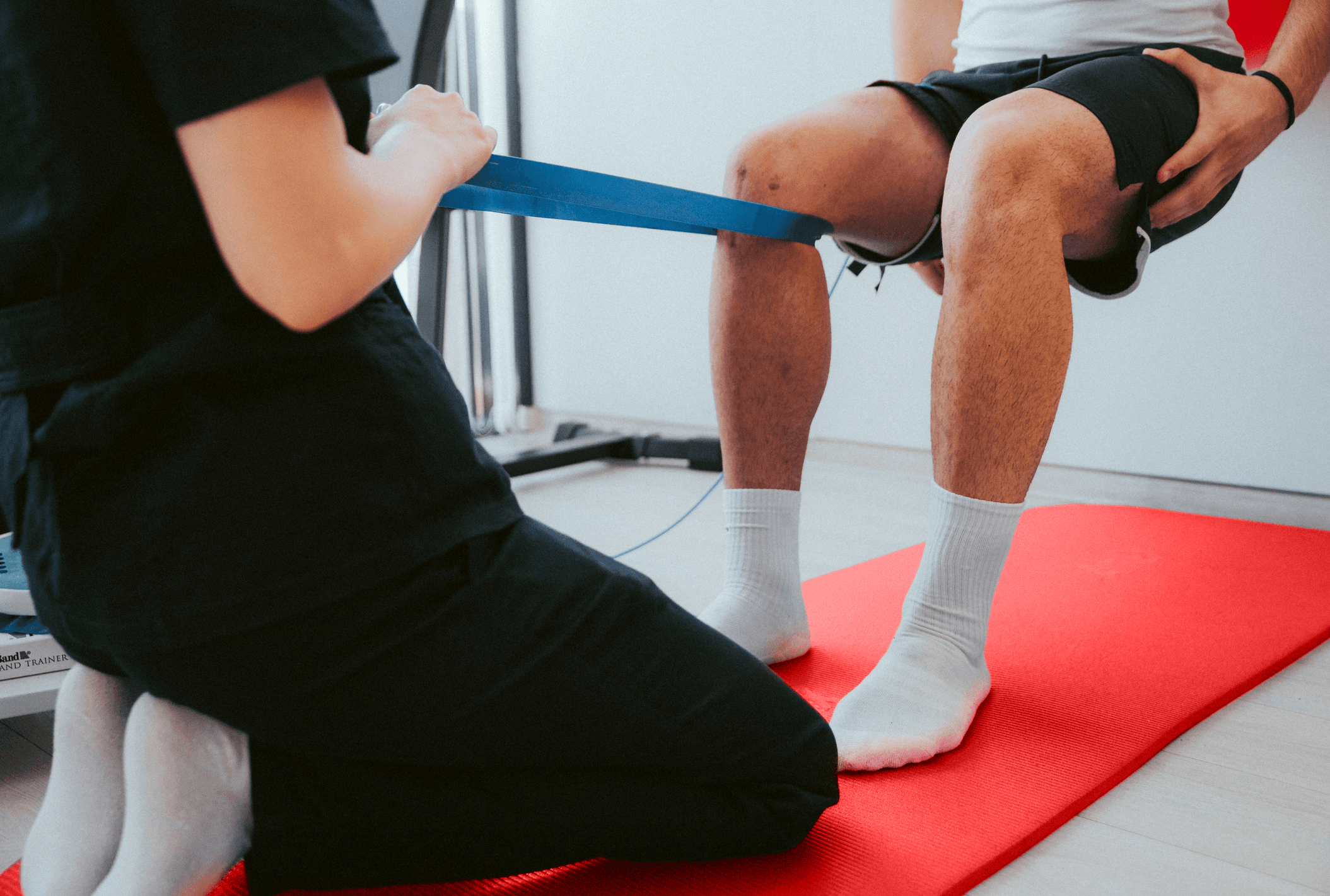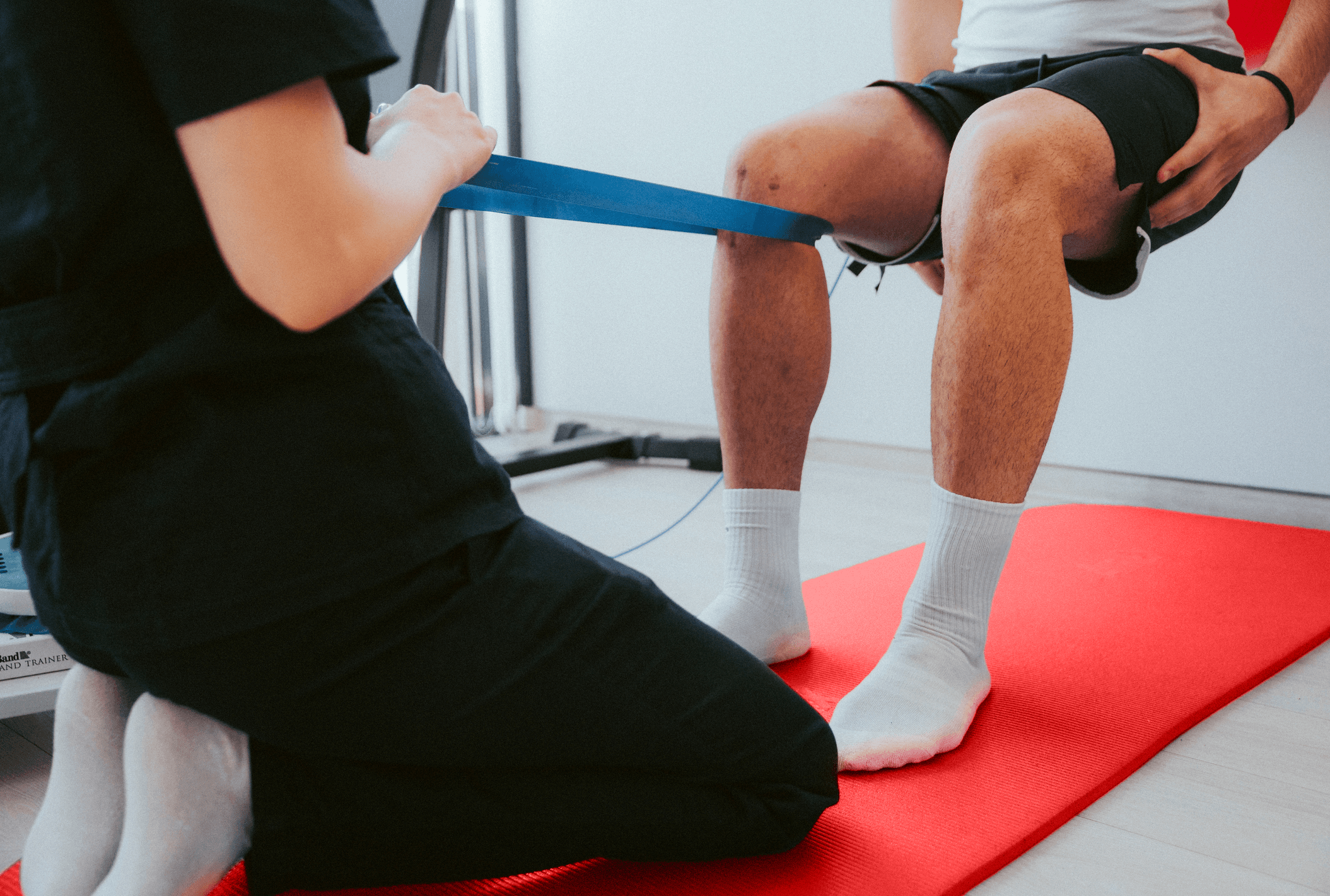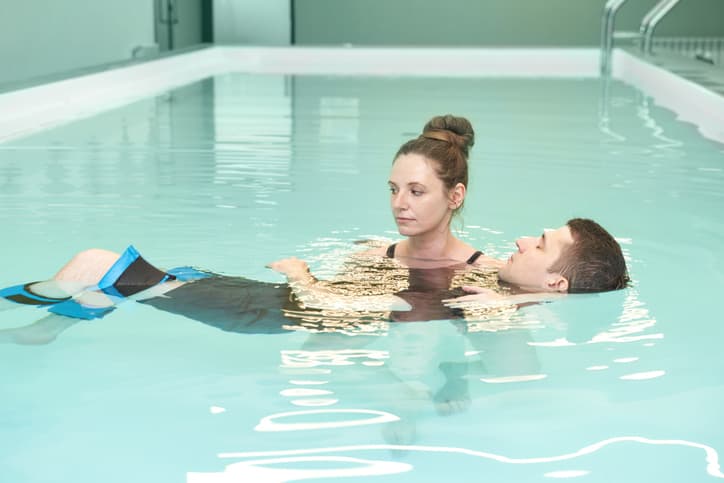Blog


Dynamic stretching: The right warm-up for better performance and fewer injuries
In our first blog post, we've talked about the difference between mobility and agility and why both are necessary to perform better and be less injury-prone. But how do you perform these stretching and mobility exercises effectively? We'll tell you about the proper warm-up!
Warm-up
You've run 800m, you're slightly tired and longing for a break before the real training can begin. You lean against the wall to stretch your calves, pull a heel up to your backside and sit down for some more passive exercises. A good warm-up? The answer is undoubtedly no, even though we sometimes catch ourselves doing such a passive warm-up.
In an effective warm-up, you start with walking or cycling with possible acceleration variations. These are important for blood flow to your muscles and getting your system going. Now, you can start stretching. But this time, in a dynamic way; here, you shorten and lengthen different muscle groups simultaneously. Want to know which stretches are appropriate for you? It's best to ask for advice on that. Hint: Re-train is the address!
Why not stretch statically? Because then you lengthen the muscles for a long time (20-30") in the same position. And during a warm-up, your body needs dynamic movements in which the muscle lengthens and shortens. Static stretching can be harmful to the muscles, especially during strength training (which mainly revolves around muscle shortening). A muscle injury will also occur faster this way. Of course, not every muscle injury is due to that one static stretch...
Cooling-down
What to do after your workout? That strongly depends on the type of training. Heavy training sessions are best ended with slow cycling or jogging, as this stimulates the blood flow and removes waste products from the body. After this cool-down, static stretching can be performed to lengthen and relax the muscles. Cooling down is just as important as warming up, so don't forget about it!
This is sufficient if you have a mobility or agility deficit and perform this specifically formatted warm-up and cool-down daily. However, is your mobility more limited? Then schedule an extra session on a rest day where all static stretches and mobility exercises are done extensively. Just don't do this for more than 20 to 30 minutes, and definitely don't go over your pain threshold. Otherwise, you can forget about walking the day after. And maybe the day after as well. We'd be lying if we said we didn't speak from experience.
From now on, mobility, agility, static and dynamic movement will hold no secrets for you. Work it!










